The future of Wisconsin's wolf management is unclear following federal ruling
With a court decision placing the gray wolf under Endangered Species Act protection once again, more uncertainty has been added to the state's path forward for managing the animal as a new report reflects deep divisions in a DNR advisory committee.
By Will Cushman
February 17, 2022 • Northern Region
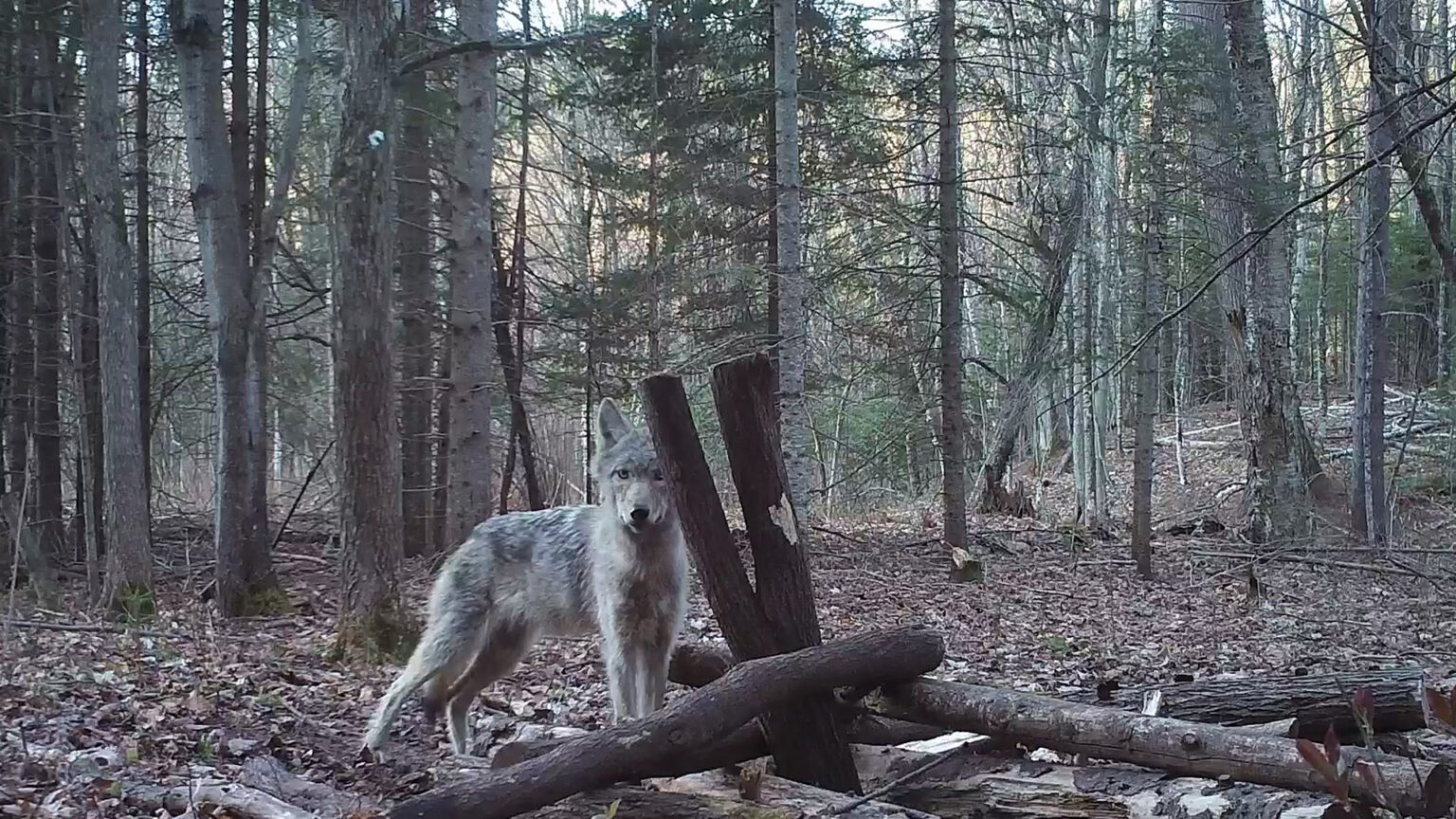
A trail camera photo from April 2015 shows a yearling female wolf standing in a forest clearing in Wisconsin. (Credit: PBS Wisconsin)
With Wisconsin’s gray wolves once again protected under the federal Endangered Species Act, big questions loom over the state’s effort to manage its relationship with the species.
On Feb. 10, a federal judge for the Northern District of California restored protections to wolves across most of the United States, including in Wisconsin. U.S. District Judge Jeffrey White ruled that the U.S. Fish and Wildlife Service had erred in delisting wolves from the federal law meant to protect vulnerable species. The agency did so during the final stretch of the Trump administration.
The federal judge’s ruling came about a year after a state court ordered the Wisconsin Department of Natural Resources to immediately hold a wolf hunt, citing a state statute mandating an annual hunt between November and February when the species is not federally protected. Hunters far exceeded quotas set by the agency during the hastily planned hunt, sparking an outcry from tribal treaty rights advocates and some wildlife organizations.
The February 2022 ruling restoring federal protections came just hours after the DNR released a final report of a committee tasked with advising the agency as it seeks to update its wolf management plan that was issued in 1999 and last revised in 2007. When wolves aren’t subject to federal protections, the plan provides a framework for the DNR as it makes management decisions, including planning for hunts.
The DNR had been planning to incorporate the committee’s report into an updated management plan that the agency intended to release in draft form for public comment sometime later in February or March. The DNR did not respond to a request to comment on whether the federal court decision might affect that timeline or the broader work to update its approach to wolves. Its original timeline would put a final plan up for review and approval by the state Natural Resources Board in June 2022.
Either way, the committee’s report does not provide a clear set of priorities for the agency to pursue. The 248-page document summarizes four meetings held in 2021 along with responses to a survey sent to committee members.
The committee was made up of nearly 30 individuals representing tribal nations within the state, hunting organizations, wildlife advocacy organizations and agriculture groups. As the report noted, some of these groups represent interests with “fundamentally opposing views and value systems on topics such as whether to hunt or not to hunt wolves, wolf population goals, etc.”
As a result, the committee did not come close to a consensus for how the state should manage its wolf population should the species lose federal protections again.
The DNR asked members to rank their top five management priorities from a list of potential priorities generated through their discussions. Only one priority received a top-five ranking from more than half of the committee: pursuing options to minimize human-wolf conflicts.
However, with members at odds over how to appropriately minimize human-wolf conflicts, the report does not spell out how the DNR should pursue that goal.
“The updated management plan must focus on coexistence,” said Megan Nicholson, Wisconsin director for the Humane Society of the United States, in an email to PBS Wisconsin. Nicholson represented the wildlife advocacy organization on the committee. She cheered the restoration of federal protections for wolves and said that while she believed the DNR should still work toward an updated management plan that emphasizes coexistence with the animals, it should take the opportunity to be more deliberate in its approach.
“We’ve seen Minnesota take two years to update their management plan and hope the [Wisconsin] DNR does not rush through this extremely important process,” Nicholson stated.
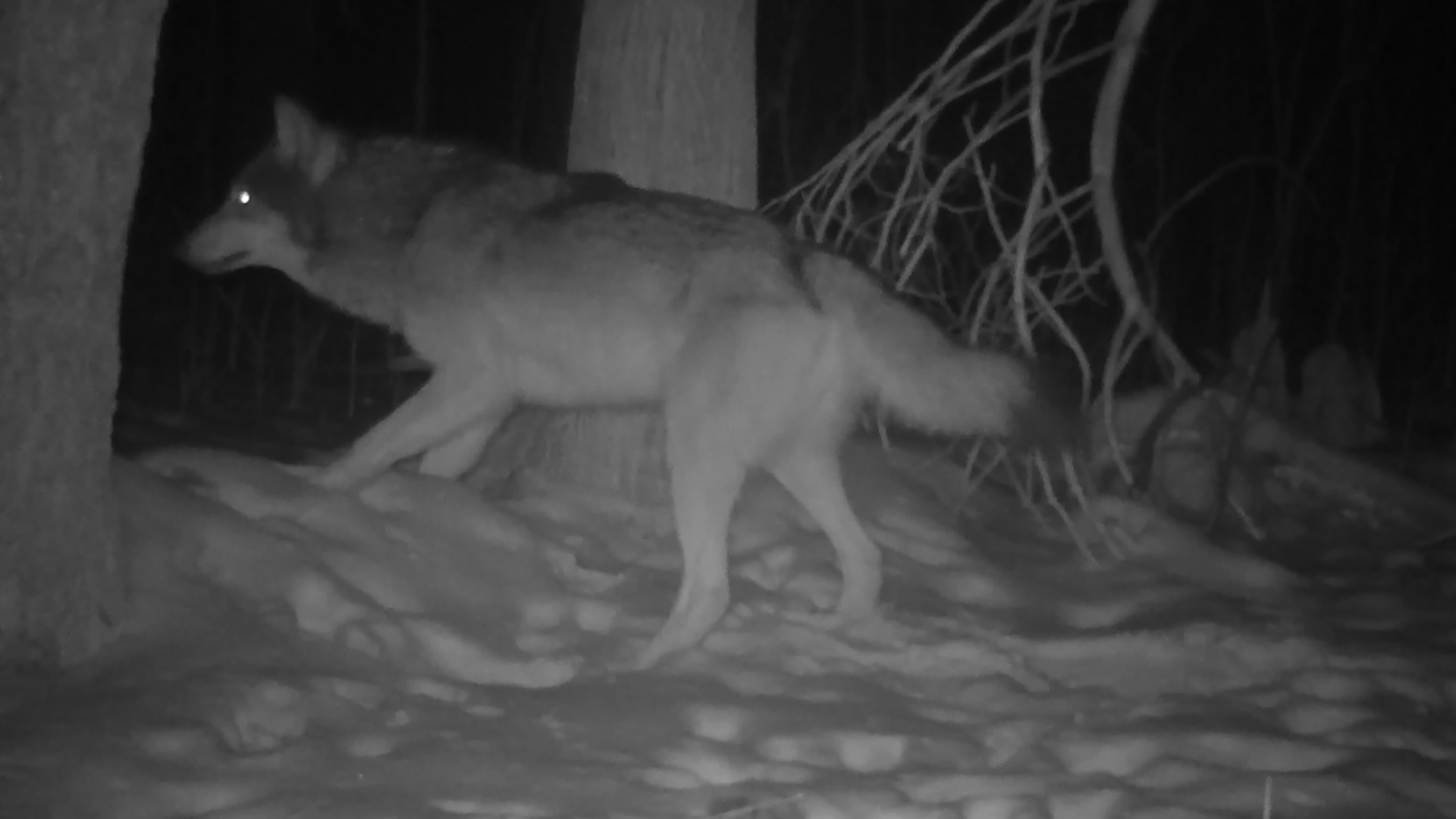
A trail camera photo from January 2018 shows a wolf standing on snow-covered ground after chasing a bobcat up a tree in Wisconsin. (Credit: PBS Wisconsin)
Charlie Rasmussen, a spokesperson for the Great Lakes Indian Fish & Wildlife Commission, also said he hoped the court decision would prompt the DNR to slow down its management plan process. The Ojibwe treaty rights group has been critical of the agency’s handling of the wolf population, in particular the February 2021 hunt, which occurred during the height of its breeding season.
“It’s important that Wisconsin takes the time to get this plan right,” Rasmussen said.
Rasmussen argued that the DNR’s process as it updates its management plan has not satisfied its treaty rights obligations to the state’s Ojibwe communities. While tribal representatives made up about a quarter of committee members, including four Ojibwe representatives, Rasmussen said tribal treaty rights demand a more formal and direct negotiation process between the state and tribes.
“What really needs to happen is formal government-to-government consultations between the state and the tribes,” Rasmussen said.
Other committee members representing hunting organizations said they would prefer the DNR act more swiftly on wolf management decisions that spell out clear population goals and consistent harvest regulations for a time when wolves are once again delisted.
“I don’t believe the Wisconsin DNR was in any hurry to complete the [wolf management plan update] to begin with while this case was pending, but I would encourage them to continue working on the [plan] following the original timeline in preparation for the next delisting,” stated Matt Lallemont, a committee member who represented the Wisconsin Wildlife Federation, in an email to PBS Wisconsin.
Lallemont suggested the DNR should maintain its goal in the 1999/2007 management plan of statewide population of 350 wolves or fewer, adding he was concerned the agency would move away from a number-based population goal.
While the DNR has kept mum on its plans since the federal court ruling, it has already moved to refund prospective hunters who applied for licenses for the 2021-22 winter hunt.
 Passport
Passport




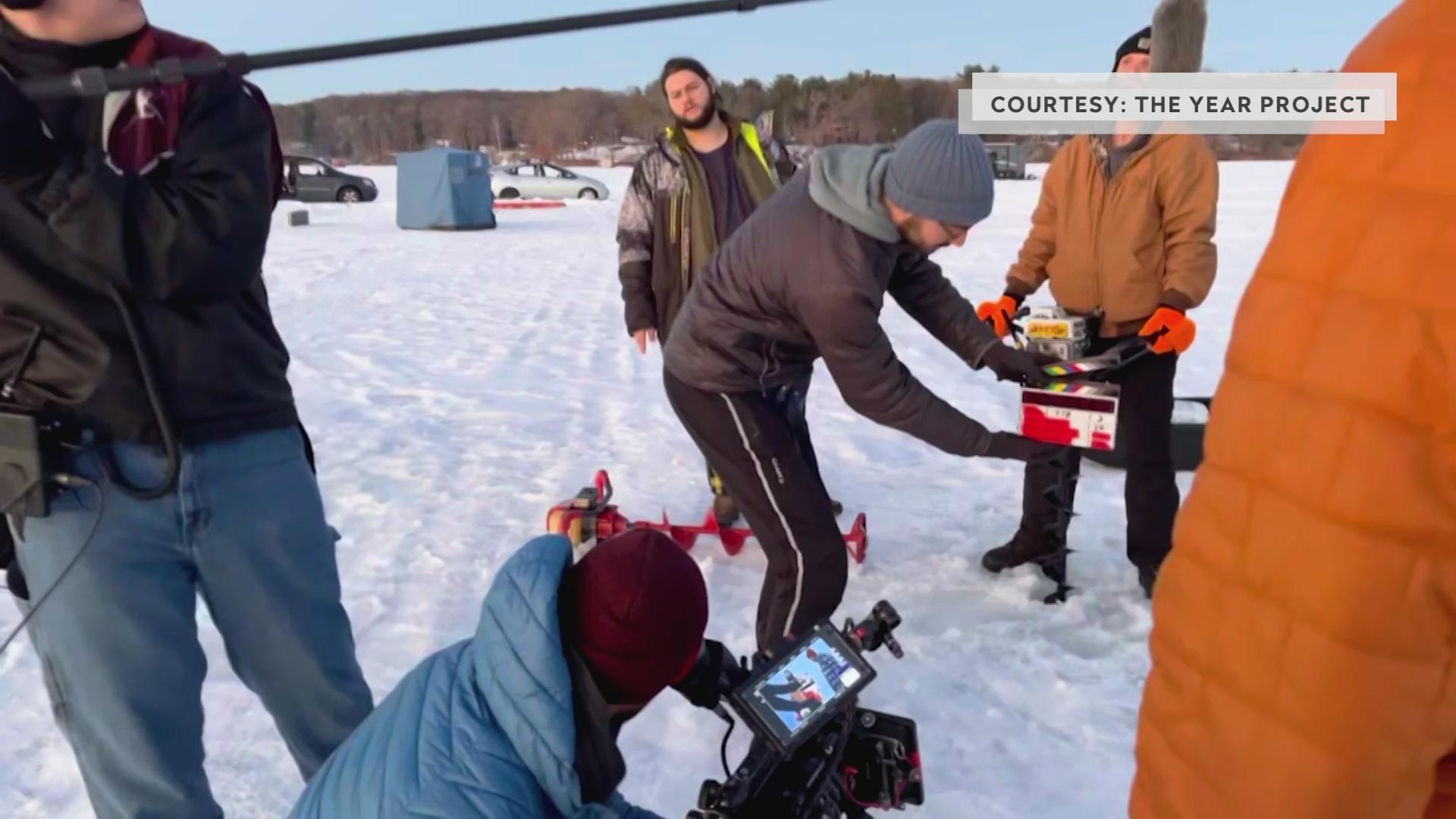


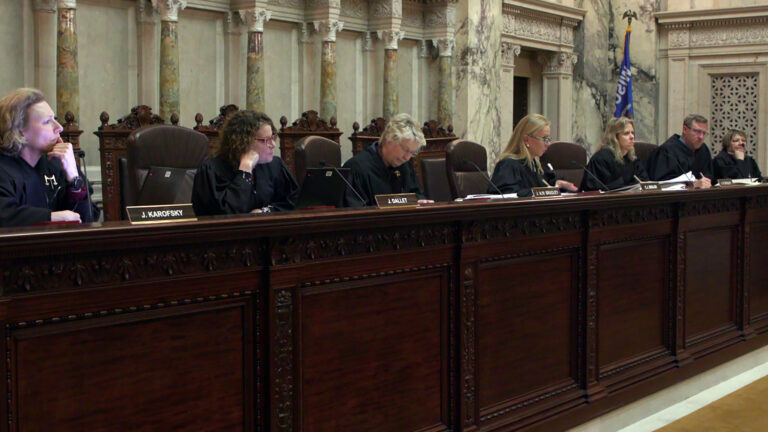

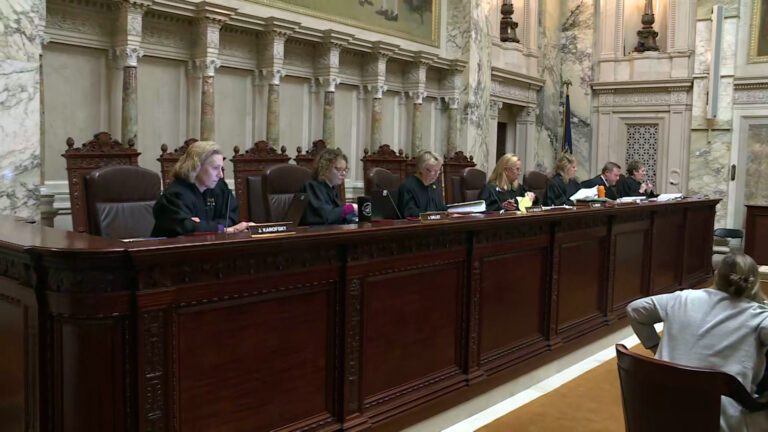

Follow Us